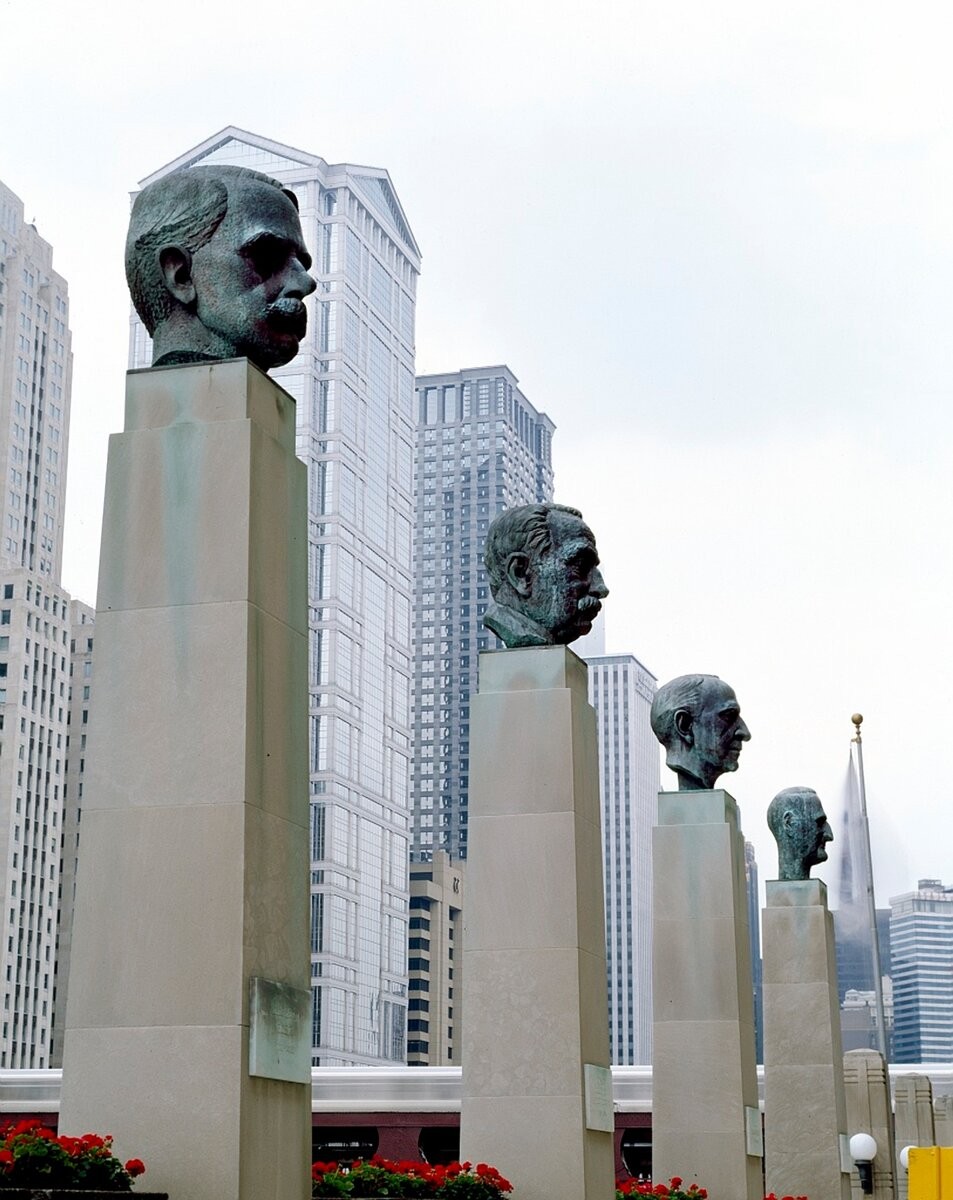Tesla's Free Electricity Dream: Why the World Still Doesn't Have It
From Nikola Tesla's 1891 diary: "Our world is submerged in a vast ocean of energy; we fly through space at unimaginable speeds. Everything around us spins and moves—it's all energy! Our grand task is to find ways to harvest this energy. Then, drawing it from this inexhaustible source, humanity will advance by giant steps." Tesla imagined a future where these technologies could be shared freely with everyone. Wireless power could light the night, guide ships at sea, and unlock hidden truths about our distant past. But the dream behind his work is more than a tale of invention—it’s a story of funding, power, and the choices that shape what the world gets to see.
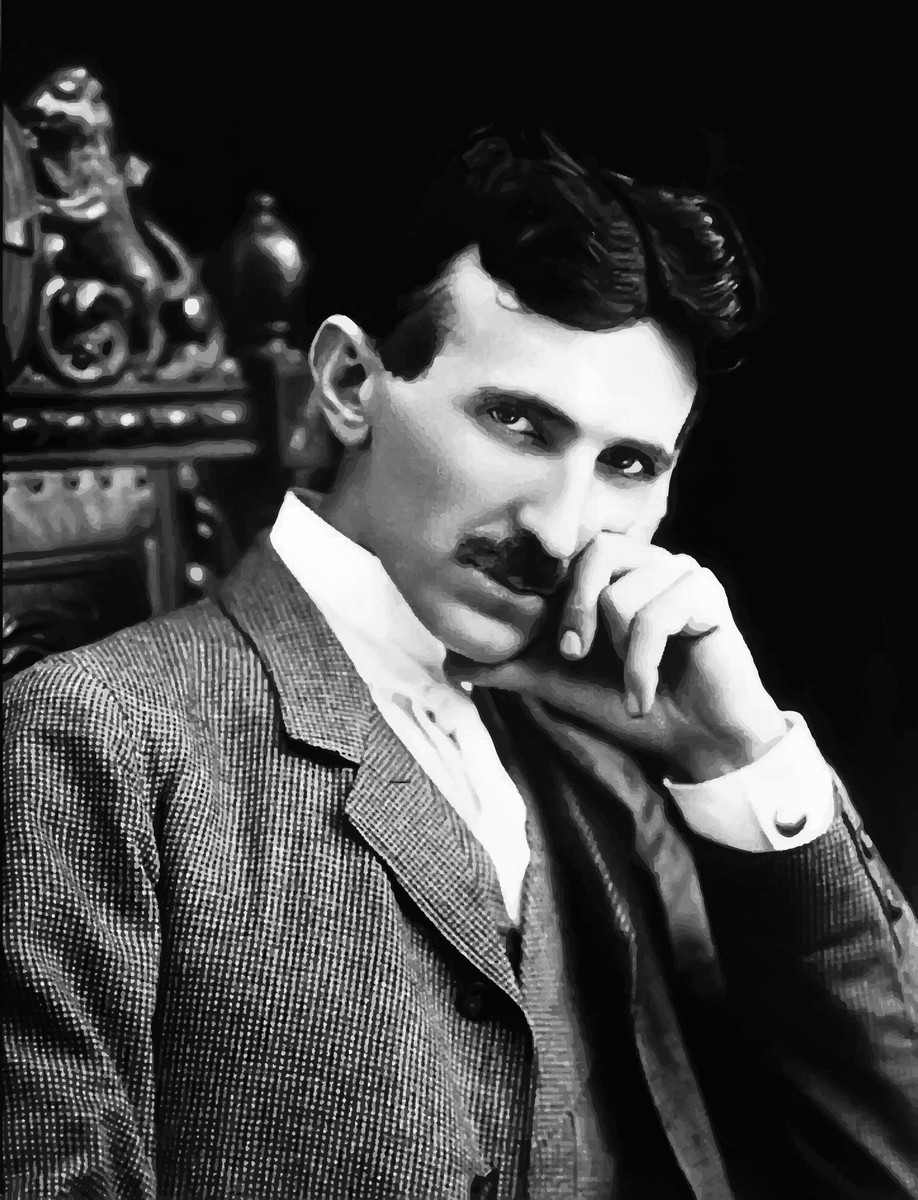
In This Article:
The Breakthroughs Tesla Laid Ground For
Tesla became famous for his work on alternating current: he laid the foundations for the synchronous generator and the induction motor, helping to spark what many call the first stage of the Industrial Revolution. He is remembered as a genius who, in some accounts, invented a machine that could move without gasoline and learned to draw electricity from the air—the ether. His dream was always to gift these technologies to humanity. What survives of his legacy is not just a set of devices, but a vision that technology can be shared, even if the path was not straightforward.
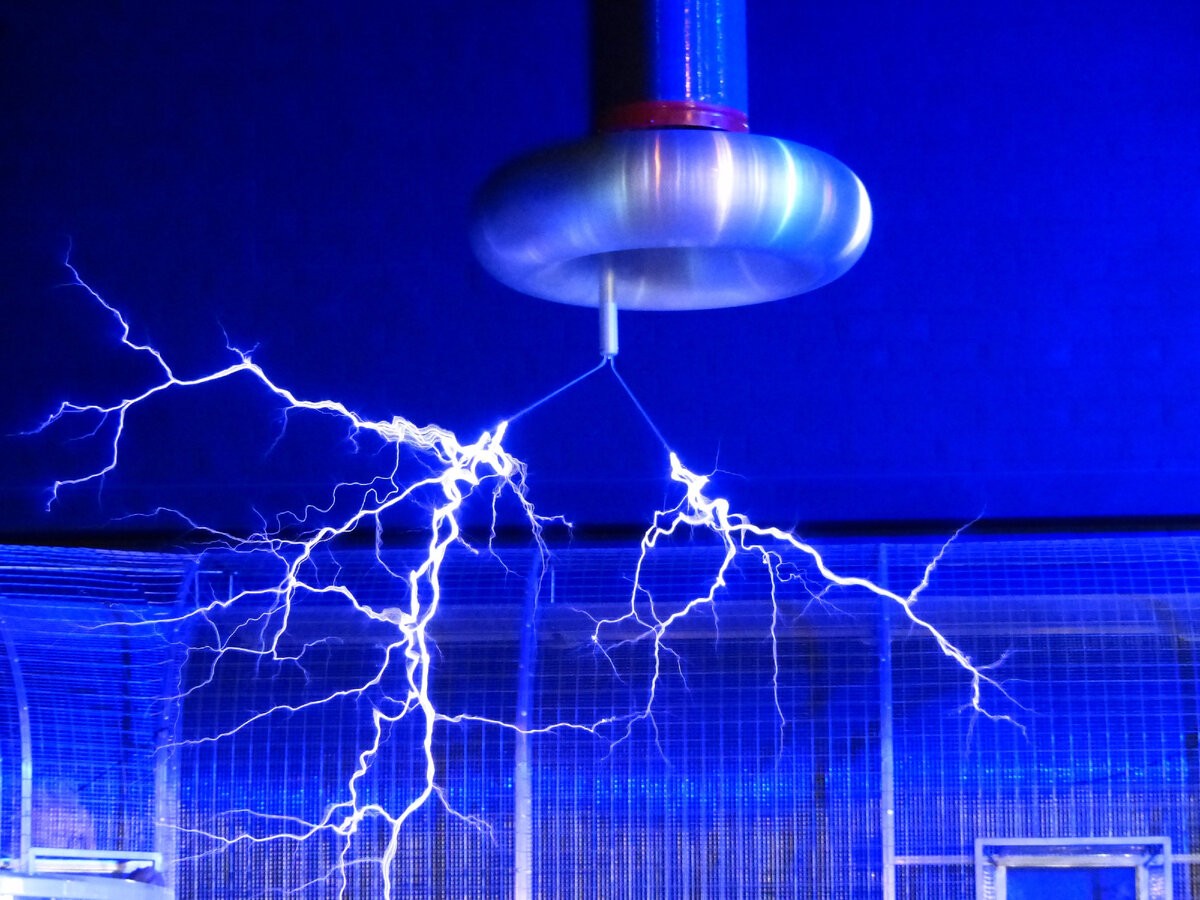
The Ether, Wireless Power, and Hidden Histories
Tesla believed energy could be harvested from the ether and transmitted wirelessly: lighting at night without wires, powering ships at sea, simply by drawing power from the air. He even suggested such advances could reveal answers to ancient mysteries—how the Egyptians built pyramids and decorated their interiors without the modern algorithms we rely on today.
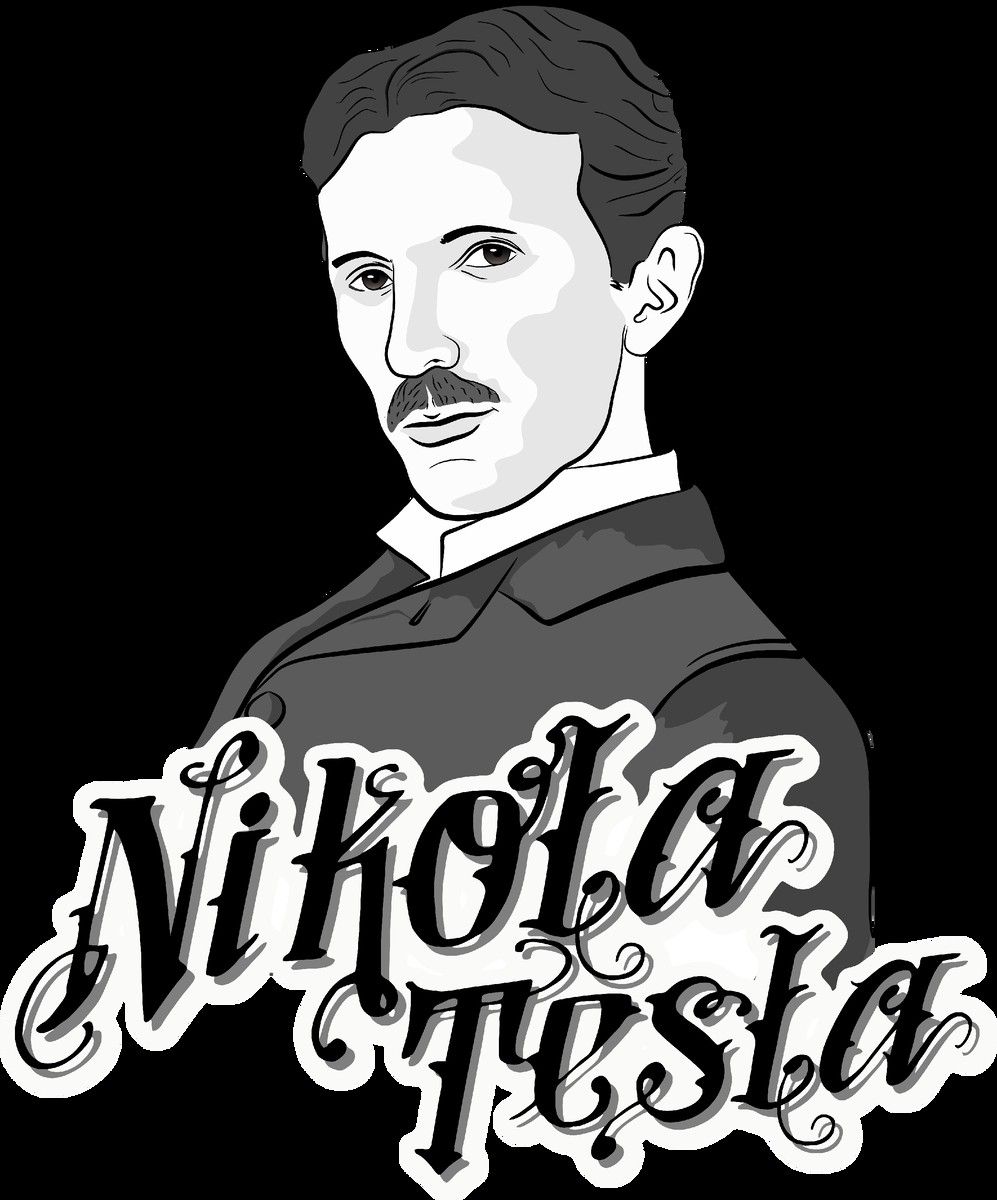
Why Free Electricity Was Never Free
The plain answer, according to the article, is simple: his ideas and his laboratory were financed by American industry with different priorities. For those funders, the goal was personal profit and the creation of a consumer society, not universal access to energy. In that context, free electricity for all was not a priority, and the dream stalled.
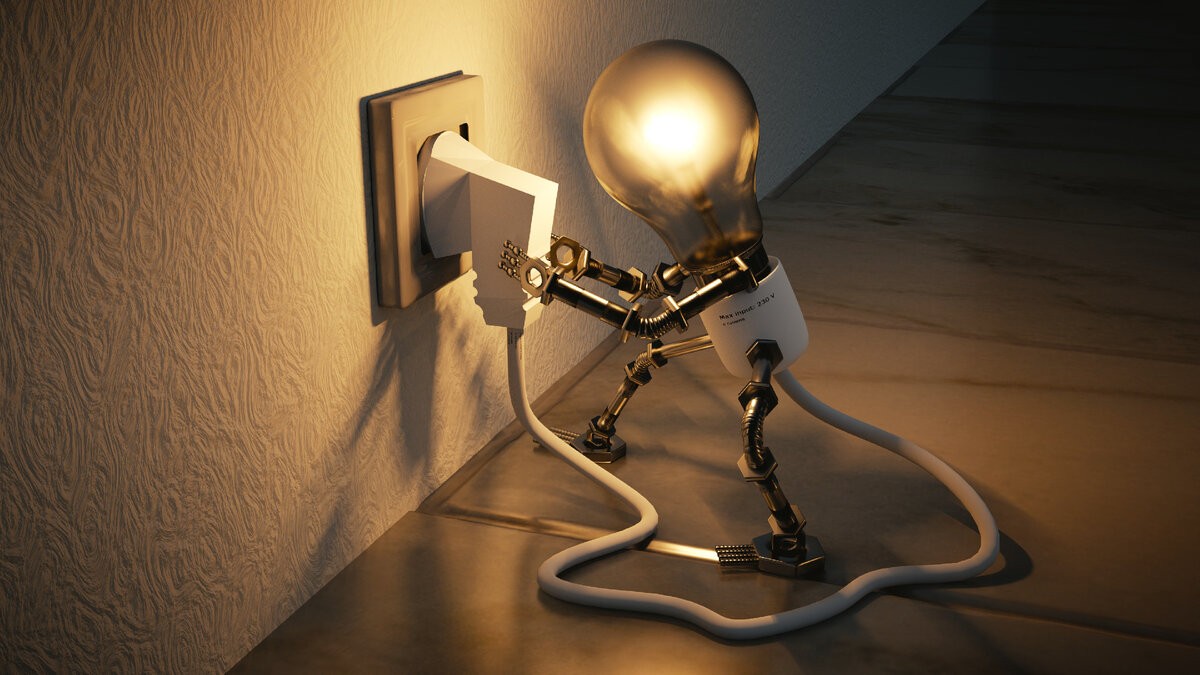
A Call to Learn from the Past to Shape the Future
Now, more than 150 years later, the author argues that little has fundamentally changed; power and resources are still guided by interests and money. The piece urges readers to study the past carefully so we can fix the present and help shape a more equitable future. And perhaps as a final note, it reminds us that grand visions often carry their own costs—and the age‑old question remains: who pays for what could be free electricity?
